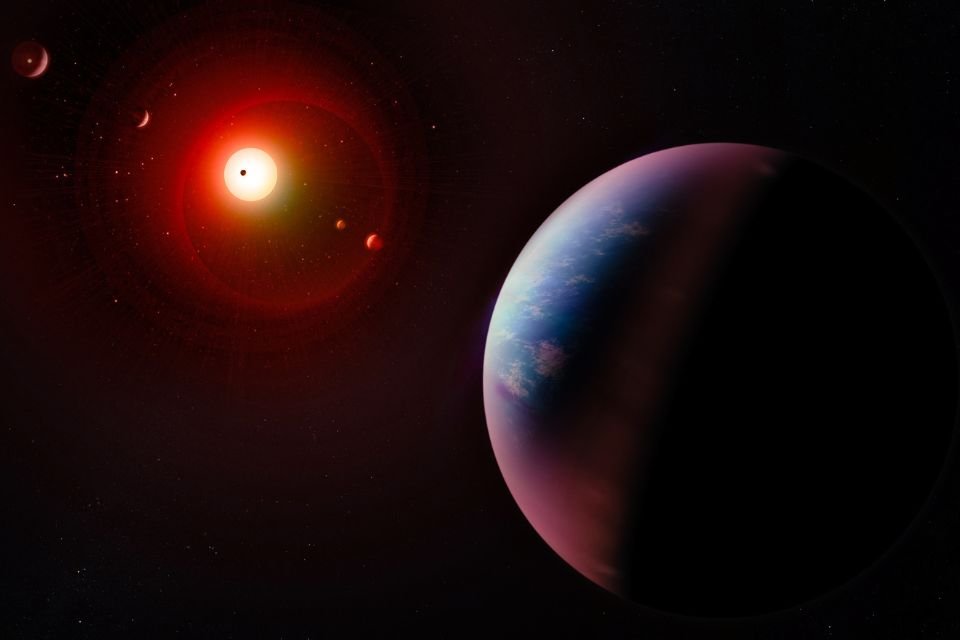Recently, scientists met at the California Institute of Technology (Caltech) in the United States to discuss this issue. The mission of the Habitable Worlds Observatory (HWO) is, Signs of life on different exoplanets. HWO will allow astronomers to study stars, galaxies, planets outside our Solar System (exoplanets), among other cosmic objects.
The mission was first proposed in 2020 by the United States National Academy of Sciences as part of its astronomy and astrophysics research. The target is to open the observatory between 2030 and 2040.. To achieve the outcome, a 10-year roadmap was presented to finalize the objectives and launch the mission.
Time in space will be split between research focused on astrophysics and astronomy. For scientists present during the proposal, HWO could be one of the most important missions to detect the properties of exoplanets and search for signs of life as we know it.
In fact, the capacity of the observatory depends on blocking light from distant stars and allowing only ‘a beam of information’. For example, it’s like you blocks most sunlight get only the most relevant information; in this case data reflected from a nearby planet.
“Before designing the mission, we need to develop key technologies as much as possible. We are at the technological maturity stage. The idea is to further advance the technologies that will enable the Habitable Worlds Observatory to deliver its revolutionary science, while minimizing the risks of excessive costs in the future,” said Dimitri Mawet, Caltech’s Jet Propulsion Laboratory (JPL).
HWO Observatory and life on exoplanets
In other words, the telescope will use means to block starlight We aim to examine data obtained from the atmospheres of planets outside our Solar System. Block out most of the light and you’ll be left with a faint light reflected from a nearby planet; so researchers will be able to look for chemical signatures of the building blocks of life.
To develop the HWO concept, NASA decided to focus on the use of the coronagraph, an advanced instrument used on various telescopes such as the Nancy Grace Roman Space Telescope. In any case, scientists explain that they still need to improve the technology; in the case of Earth, for example, reflective light can be confused with light from the Sun because this light eclipses the planet’s light.
“We estimate that there are several billion Earth-sized planets in the habitable zone in our galaxy alone. We want to probe the atmospheres of these exoplanets for oxygen, methane, water vapor and other chemicals that indicate the presence of life. We won’ Nick, chief technologist for NASA’s Exoplanet Discovery Program at JPL “We’re not seeing the greenery of the little guys, but the spectral signatures of these essential chemicals, or what we call biosignatures,” Siegler said.
Did you like the content? Stay up to date with the latest astronomy discoveries at TecMundo. Or discover how machine learning could be the key to finding signs of life beyond Earth.
Source: Tec Mundo
I’m Blaine Morgan, an experienced journalist and writer with over 8 years of experience in the tech industry. My expertise lies in writing about technology news and trends, covering everything from cutting-edge gadgets to emerging software developments. I’ve written for several leading publications including Gadget Onus where I am an author.













